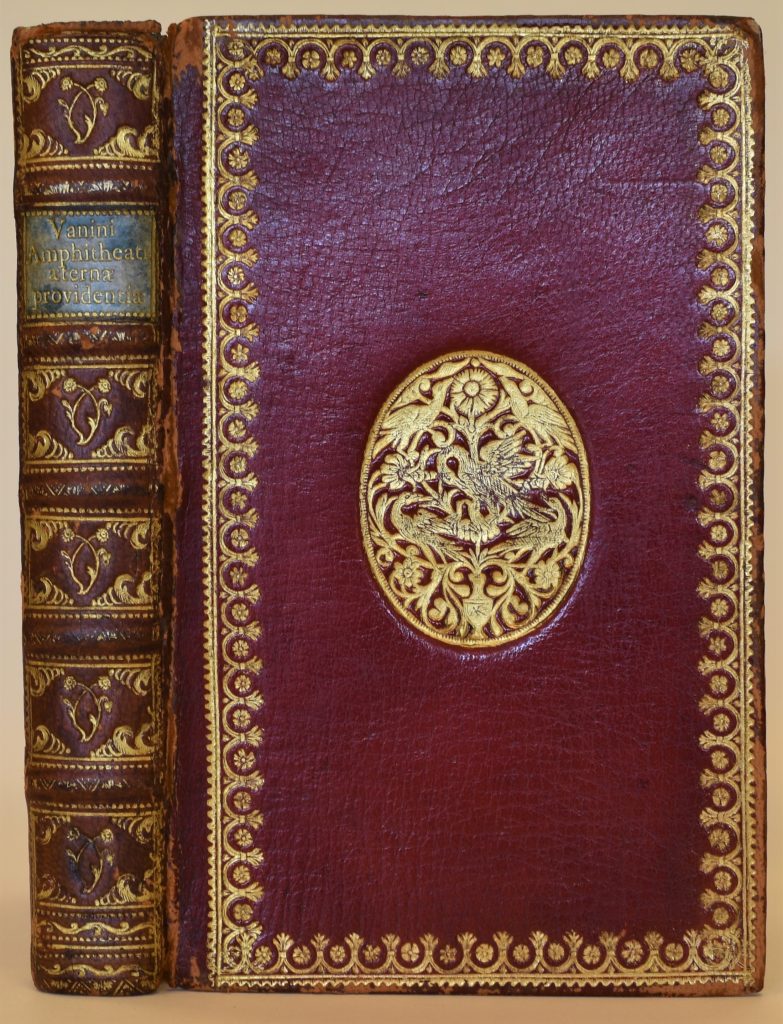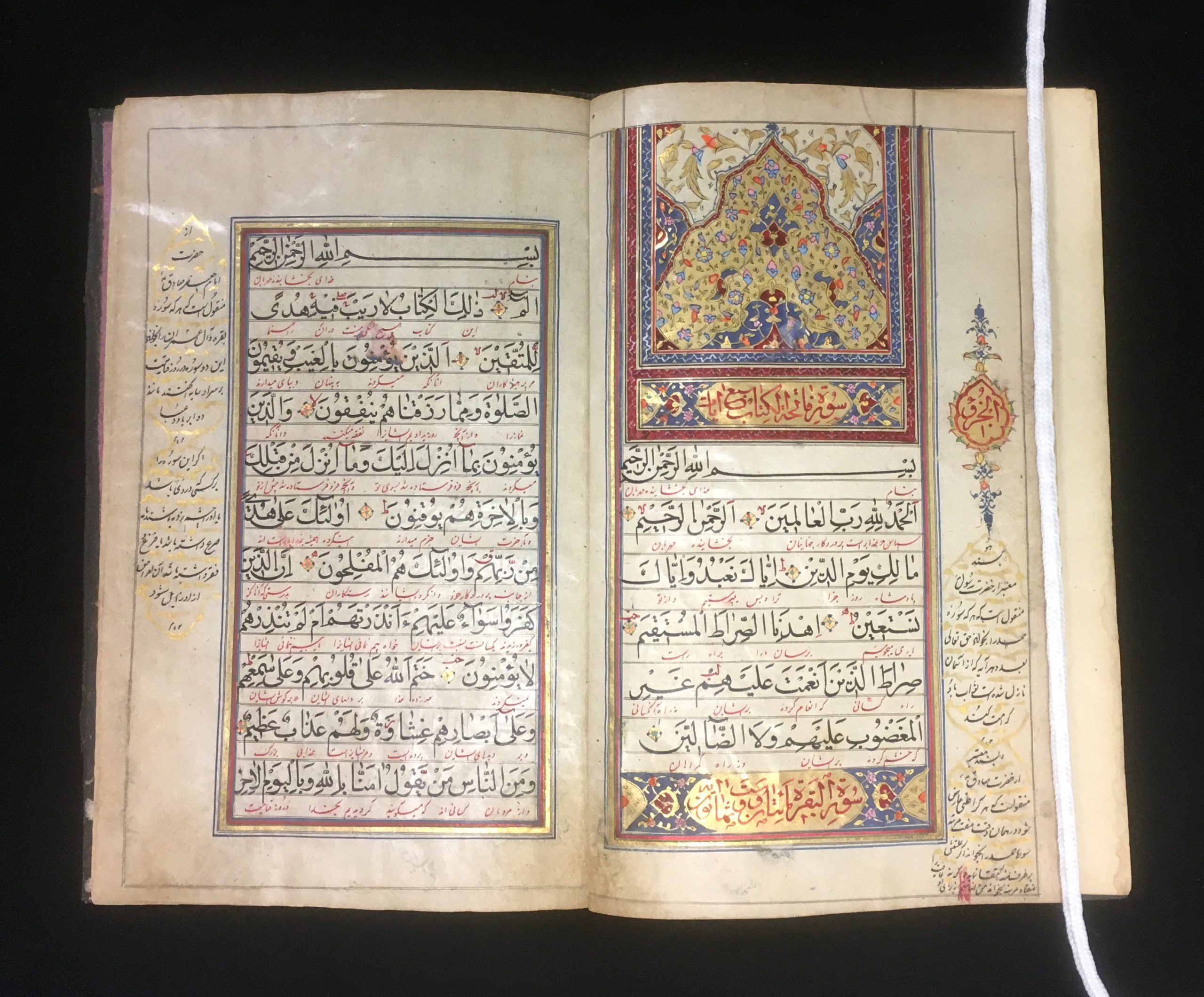The Smithsonian Libraries and Archives exhibition, Nature of the Book, looks at the natural materials and evolving techniques in bookbinding from 1450-1850 as illustrated by our collections. As the exhibition emphasizes, the form of the European book could not have happened without the trade of natural materials to Europe from different parts of the globe – primarily Asia, the Middle East, and North Africa. That trade was the direct result of the Arab conquests and cultural expansion into Central Asia and other areas. The products were exchanged through centuries of global expansion that accompanied vibrant intellectual and craft development. Ideas, aesthetic and practical, traveled along with the trade of materials that created the Islamic binding style. The effect of all this on Europe was profound, and like much else, bookbinding was transformed.

Early books of North and East Africa were comprised of sheets of papyrus or parchment sewn onto plain wood boards. Arabic craftspeople added leather covering to the books, often made from tanned goatskin, that completely wrapped around the boards and spine. The books often included a characteristic envelope flap used as a page marker. The Islamic book structure generally resembles a modern hardcover book, using a binding style recognizable to many today.

What may not be generally known is that contemporaneous to this binding style, paper became one of the most far-reaching cultural influences offered by Arab trade and expansion. Paper has been the preferred and most familiar surface for writing and printing for centuries. It could be made quickly in large quantities. Paper was light and flexible, and it easily received type setting and inks following the development of movable type in the 15th century. As a result, it eventually replaced the use of costly parchment, made from animal skins.
Modern paper can be traced to Central Asia about the 8th century, when fibers from various plants like flax and hemp were woven into linen. The textile waste was shredded, mixed with water, and beaten to make pulp. Sheets of rag paper were formed when the pulp was dried on a screen. The shredding and pulping technique moved to this area from China where, several centuries earlier, hand-made papermaking directly used the long fibers from sub-tropical plants that were similarly shredded and beaten into a pulp.
Muslim settlements in the region of Samarkand adopted this new papermaking method which spread to Iran, Turkey, India, Africa, and Europe, making the Arabic world the largest producer and trader of this versatile linen rag paper. The Italian paper mill Fabriano mastered Arabic methods of paper making learned by the Spanish, shifting the source of fine paper to a European market by the 15th century. A 600-year old volume printed on Fabriano paper is featured in the exhibition.

The paper pages in Islamic binding structures were coated with sizing using plant starches and burnished with stone pestles or glass balls leaving a shiny surface. Organic plant-based dyes were used to color the pulp. Calligraphic manuscript was used with intricately colored designs and images, using precious minerals for color and gold illumination. Gold leaf was traditionally used to embellish the pages of Islamic religious manuscripts. Qur’ans were considered prized possessions and the use of gold was a sign of their importance.

Goatskin covers dyed bright colors with ornate gold tooling and decorative colored marbled paper that was borrowed from Arabic book design, became increasingly popular by the 16th century in Europe, introduced by goods traded through Italian ports.

A sophisticated level of design and decoration, in addition to the use of paper, allowed Arabs to enhance the functional and artistic improvements that have had a lasting impact in the development of the book.


One Comment
[…] When Middle East Met West (Unbound, Smithsonian Libraries and Archives) […]